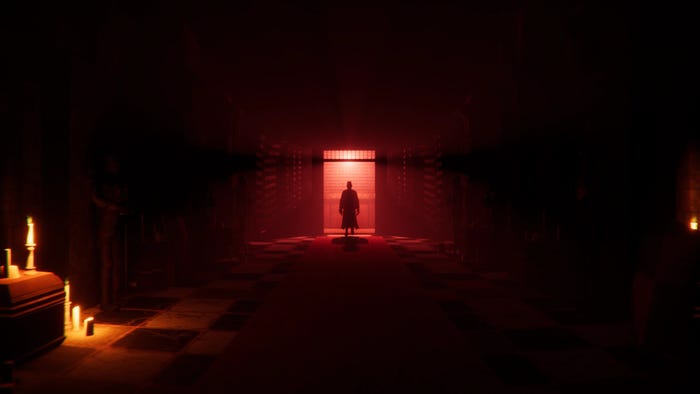We sat down with The Elder Scrolls IV: Oblivion lead designer Ken Rolston to talk about his work on the Elder Scrolls series, and how he thinks good RPGs are made.

Replaying older games is a healthy way to look back on the arc of game design history, but you know what’s even more productive? Getting to chat with the people who worked on those games. Today on the Gamasutra Twitch channel, we sat down with Ken Rolston, lead designer on The Elder Scrolls IV: Oblivion, to talk about its development process, especially compared to his work on The Elder Scrolls III: Morrowind.
You should really watch the full conversation (seen above), but for those looking for a few key highlights from our conversation with Rolston, here are some things you should know about his work on Oblivion and other games at Bethesda.
Arguments about game features were fought with prototypes
Early on, we posed a question to Rolston about how he feels about the implementation of fast-travel, a sometimes controversial feature among game designers. Rolston told us he and another member of the Oblivion team were passionate that it not be included to preserve a sense of immersion, but then-producer Todd Howard was able to direct the programming team to build a prototype of the system to demonstrate its effectiveness, and the rest was history.
Rolston’s tabletop background helped organize how an “open world” would work in Morrowind.
Rolston says that he “earned his pay the most” when he was in the pre-production stage on The Elder Scrolls III: Morrowind, where he began organizing a game bible by designing the world of Morrowind the way he used to design game worlds in his work on tabletop role-playing games. By creating a list of areas, characters in those areas, and attributes for those characters, he was able to start defining systems and interactions that would help designers down the line.
Can you list your 10 favorite game quests?
If you want to make role-playing games, Rolston says you should have a list of your favorite parts of RPG games on hand to use as inspiration. Rolston went more in-depth on his reasoning for this list in our talk, but you should know that Rolston himself considered it valuable to play RPGs at home, figure out what he loved about their quest design, then would go into the office and use those quests as examples for his coworkers.
If you enjoyed this conversation, you should probably follow the Gamasutra Twitch channel for more developer interviews, editor roundtables and gameplay commentary.
About the Author(s)
You May Also Like









